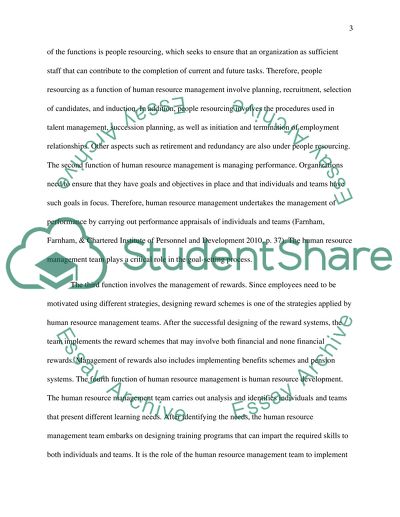Cite this document
(“To what extent is HR a distinctive discipline, and to what extent is Essay”, n.d.)
To what extent is HR a distinctive discipline, and to what extent is Essay. Retrieved from https://studentshare.org/human-resources/1678859-to-what-extent-is-hr-a-distinctive-discipline-and-to-what-extent-is-hr-expertise-required-of-all-managers-outline-the-basis-on-which-hr-makes-a-full-contribution-to-the-effective-and-profitable-operations-of-an-organisation-illustrating-your-answer-wit
To what extent is HR a distinctive discipline, and to what extent is Essay. Retrieved from https://studentshare.org/human-resources/1678859-to-what-extent-is-hr-a-distinctive-discipline-and-to-what-extent-is-hr-expertise-required-of-all-managers-outline-the-basis-on-which-hr-makes-a-full-contribution-to-the-effective-and-profitable-operations-of-an-organisation-illustrating-your-answer-wit
(To What Extent Is HR a Distinctive Discipline, and to What Extent Is Essay)
To What Extent Is HR a Distinctive Discipline, and to What Extent Is Essay. https://studentshare.org/human-resources/1678859-to-what-extent-is-hr-a-distinctive-discipline-and-to-what-extent-is-hr-expertise-required-of-all-managers-outline-the-basis-on-which-hr-makes-a-full-contribution-to-the-effective-and-profitable-operations-of-an-organisation-illustrating-your-answer-wit.
To What Extent Is HR a Distinctive Discipline, and to What Extent Is Essay. https://studentshare.org/human-resources/1678859-to-what-extent-is-hr-a-distinctive-discipline-and-to-what-extent-is-hr-expertise-required-of-all-managers-outline-the-basis-on-which-hr-makes-a-full-contribution-to-the-effective-and-profitable-operations-of-an-organisation-illustrating-your-answer-wit.
“To What Extent Is HR a Distinctive Discipline, and to What Extent Is Essay”, n.d. https://studentshare.org/human-resources/1678859-to-what-extent-is-hr-a-distinctive-discipline-and-to-what-extent-is-hr-expertise-required-of-all-managers-outline-the-basis-on-which-hr-makes-a-full-contribution-to-the-effective-and-profitable-operations-of-an-organisation-illustrating-your-answer-wit.


